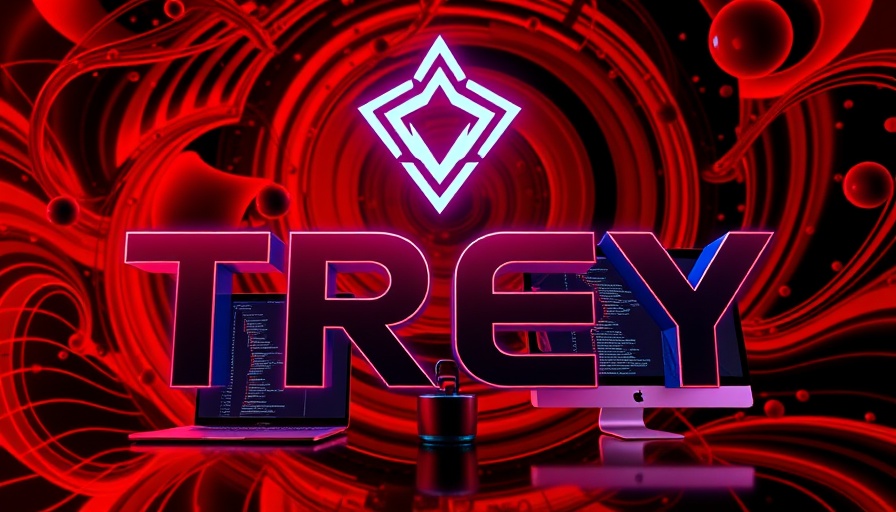
Introducing Trey AI: A Game Changer in Coding
Since my last update, Trey AI has transformed into a formidable tool for developers, often regarded as one of the best free AI-powered code editors available today. This all-in-one integrated development environment (IDE) allows for effortless coding with enhanced features like advanced agent workflows and real-time file editing. The icing on the cake? It’s completely free to use, giving anyone access to cutting-edge models such as Gemini 2.5 Pro and Cloud 3.7 Sonnet.
In 'Trae AI 2.0: FULLY FREE AI Coder IS AMAZING! AGENTS, MCP, & UNLIMTED API Usage!', the discussion dives into the innovative features of Trey AI, prompting us to analyze its significant impact on coding and development.
However, before diving in, users should consider that Trey AI utilizes data for training purposes, which may pose privacy concerns, especially for those dealing with sensitive information. Fortunately, for those focused on personal projects or learning, this risk may seem minor.
Key Features of Trey AI That Stand Out
The ease of configuration in creating AI agents within the IDE also elevates Trey AI's utility, enabling users to perform tasks like code debugging, file deletion, and executing terminal commands autonomously. This level of automation not only streamlines workflow but significantly reduces the time spent on repetitive tasks, allowing developers to focus on innovation.
Moreover, the new plugin support for popular platforms like VS Code offers seamless integration for enhanced functionalities. This collaborative aspect of human and AI interaction showcases the true potential of advanced technologies, encouraging users to harness AI’s capabilities.
The Future of Coding with AI
As we look ahead, leveraging AI tools like Trey AI could become essential for staying ahead in the fast-evolving tech landscape. The trend of integrating AI to enhance operational efficiency is likely to continue, potentially revolutionizing how developers work.
Just as innovative companies are beginning to adopt AI to improve customer experiences and streamline operations, aspiring professionals should embrace these advancements. Doing so can provide significant advantages not just in speed and effectiveness but also in fostering creativity within coding projects.
Conclusion: Embrace the AI Coding Revolution
Trey AI emerges not just as a coding companion, but as a catalyst for change in the development sphere. It invites all tech enthusiasts—from novices to experts—to explore its extensive capabilities without financial barriers. Whether improving personal projects or accelerating learning, Trey AI offers numerous benefits worth considering.
 Add Row
Add Row  Add
Add 




Write A Comment